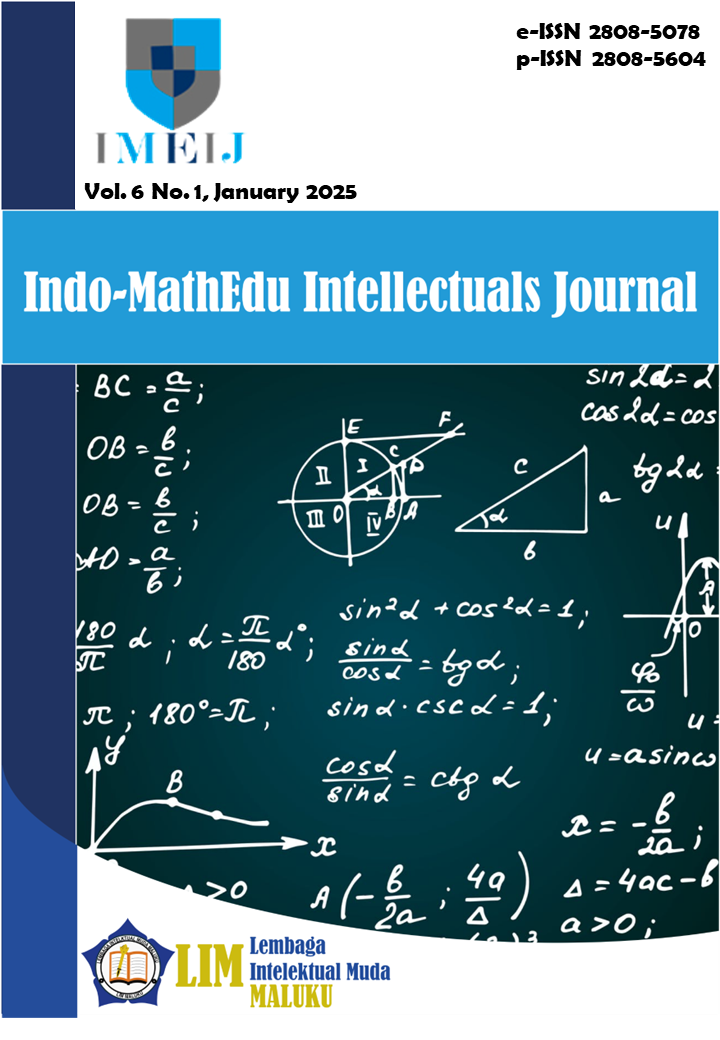Upaya Meningkatkan Kemampuan Berhitung Menggunakan Media Kartu Angka 1-20 pada Anak Tunagrahita Ringan Kelas II di SLBN Kota Radja
Main Article Content
Abstract
This study focuses on the problems faced by children with mild disabilities in an effort to improve numeracy skills, which are the most important part of their cognitive and social development. The purpose of this study is to improve the ability to count numbers 1-20 in children with mild disabilities through the use of number card media. The method used in this study is classroom action research (PTK), which is carried out in two cycles consisting of planning, action, observation and reflection. The subjects of the study were second-year students with special needs, and the focus was on improving their numeracy and recognition of numbers 1-20. The results showed that the ability to count the numbers 1-20 increased significantly after using the number card medium. In each cycle, data is collected through initial and final tests, as well as observation of student learning activities. At the end of the second cycle, the average score of students increased significantly, showing the effectiveness of the use of number card media in supporting the learning process. This study concludes that number card media can be an effective and efficient medium to improve numeracy skills in children with mild disabilities.

